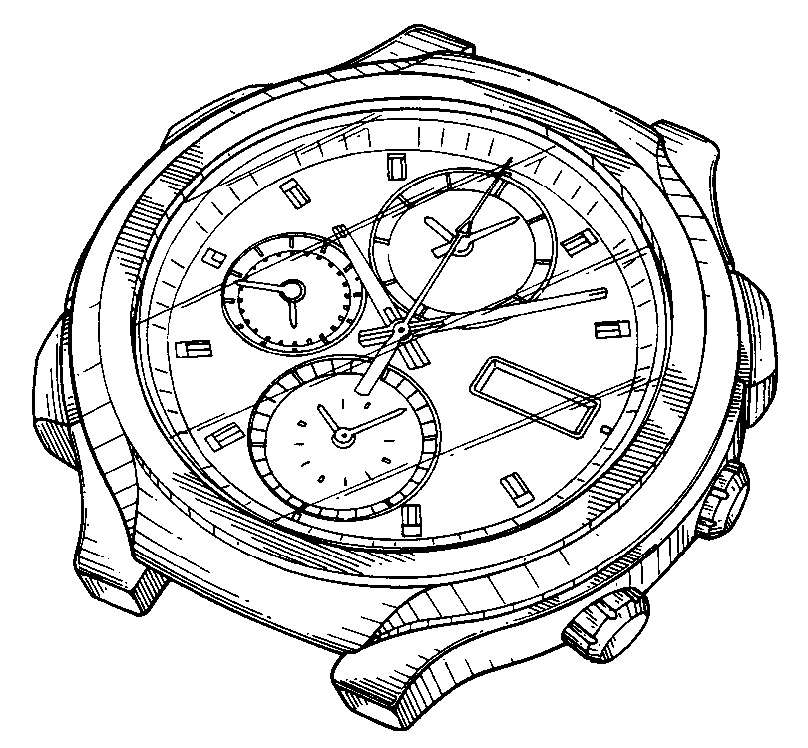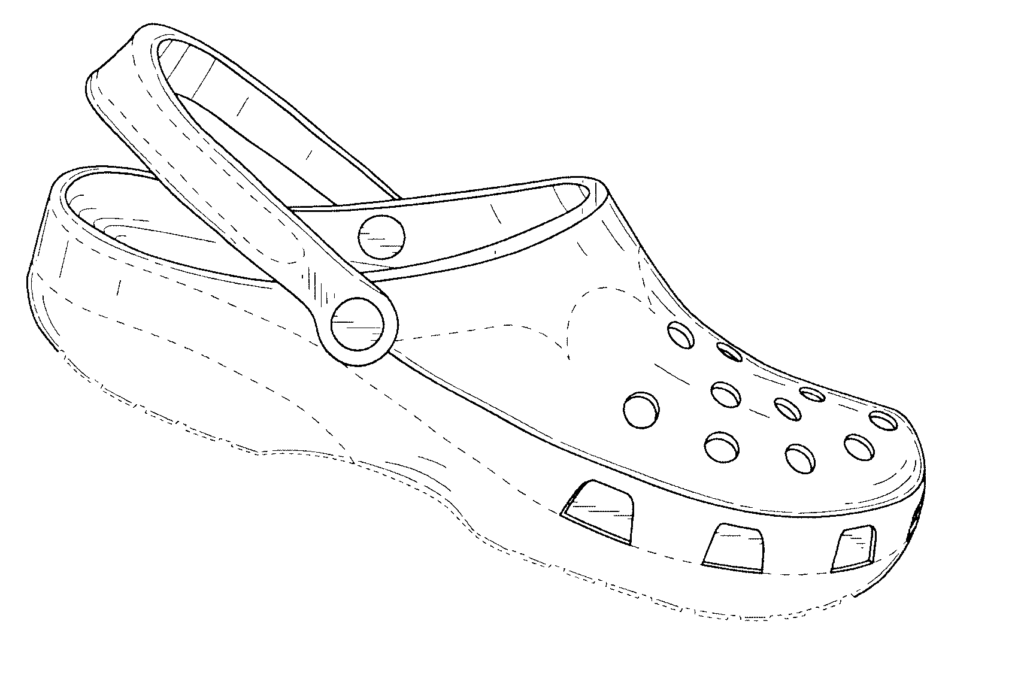
Design Patent Protection: An Alternative or Supplemental Patent Protection
A patent is a grant of rights to an inventor. One common type of patent is a utility patent, which protects the way an article is used and works. Another type of patent is a design patent, which protects the aesthetic, non-functional, features of an article. For example, the shape of an article, a pattern applied to an object, or the appearance of a graphical user interface (GUI) may be the subject of a design patent. This protection is valuable when aesthetics drive market demand. Although design filings are steadily rising, design patents are an underutilized statutory mechanism to enforce design rights against infringers.
What Are Design Patents
A utility patent protects the way an article is used and works, while a design patent protects the way an article looks. Both design and utility protection may be obtained for a product if invention resides both in its utility and ornamental appearance. A design consists of the visual characteristics embodied in, or applied to, an article of manufacture. Examples of design patents include: a pattern on a pillow; a shape of an ear piece, a pattern on cleaning cloth, a shape of a pistol, a home button on a smart phone, and a GUI on a smart phone. A design patent gives the owner the right to exclude others from making, using, or selling the design claimed and disclosed in the patent for a period of fifteen years from the date of grant. A design patent owner can assert patent infringement in Federal Court and seek lost profits or royalties, and further request treble damages and attorney fees in the case of intentional infringement. In 2018 a jury awarded Apple Inc. over $500 million for infringement of its design patents covering the iPhone.


How to Obtain a Design Patent
To obtain a design patent, an inventor files an application with drawings illustrating the ornamental design and a patent claim. The drawings are prepared by an illustrator with oversight from an attorney to ensure they comply with USPTO rules and broadly disclose the design. The USPTO will substantively review the submission, conduct a search of the prior art, and issue a determination of patentability. In more than 60% of cases, the USPTO grants a notice of allowance without issuing any objection. In comparison, the USPTO objects to 90% of utility patent submissions. The average application pendency from filing to grant is currently 20 months. The Applicant can request to expedite examination, in which case the pendency is to only two months (compared with twelve months for an expedited utility application). It costs about $2500 to prepare and file a design application.
Benefits of Design Patent Protection
• Design patents protect distinct product design that is commercially valuable because it distinguishes a company or product.
• Design patents are an effective tool to defend against counterfeiters, particularly in markets where barriers to entry are low.
• Design patents allow for protection of graphical user interfaces.
• A design patent is less expensive than a utility patent, typically 70% less.
• Design application pendency is currently twenty months compared to twenty-four months for a utility application. The pendency can be shortened to two months upon paying a surcharge and submitting a prefiling search.
• 60% of design application cases are allowed without objection. This compares with only 10% of utility applications.
• Design protection provides a cause of action against an infringer in Federal Court. The patent owner can seek treble damages and attorney fees for willful infringement.
• A design patent provides a basis to enforce rights through private mechanisms such as available through third party seller platforms.
• A design patent allows the owner to seek protection outside of the US. The Applicant must file outside the US within six-months of the priority date in the US. A provisional patent application is an optional precursor to a full utility application.
Additional Considerations
Design protection is not a replacement for utility patents. If an innovation is directed to a new function or method of operation, the inventor should file a utility patent application. Often, an applicant will seek both utility and design protection for the same product. It is important to consult with an attorney regarding the protection strategy.

Welsh IP Law is an intellectual property law firm based in Fairfield County, Connecticut. Our passion is increasing the value of our client’s business through strategic patent and trademark protection. We work directly with engineers, scientists, and executives to develop and grow intellectual property portfolios that protect and strengthen the client’s business. Our clients include Fortune 500 companies, global brands, family businesses, and start-ups from around the world.

